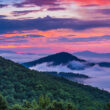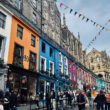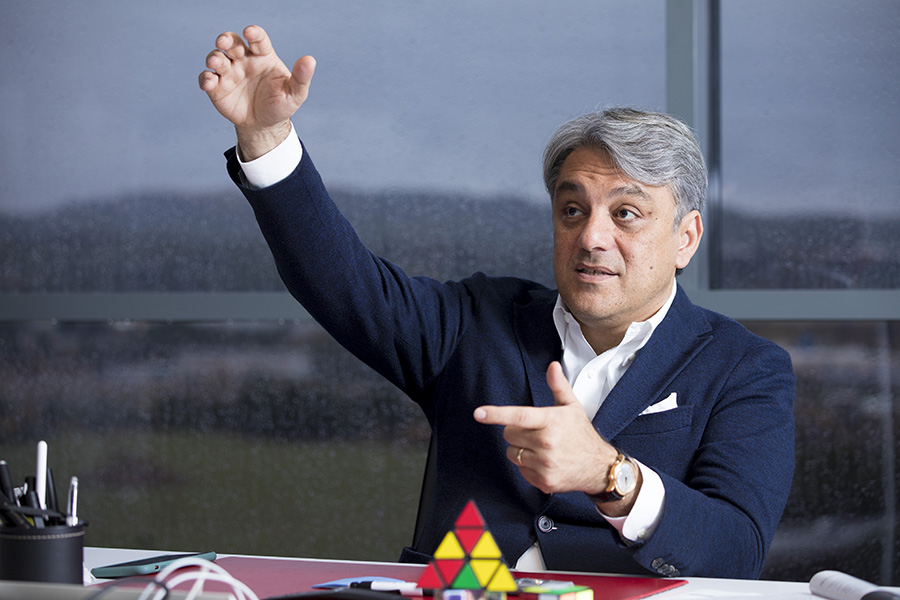
As a decade of unprecedented change ends and a new year dawns, the social and economic consequences of technological innovation are becoming ever more apparent. On the frontline of transformation is the global car industry, which dominated the economy of the 20th century and is now advancing towards an uncertain future.
The world’s automakers are facing the greatest challenge in their history. In response to the combined onslaught of environmental pressure, technological disruption and social change, some of the best-known names in global car manufacturing are dealing with the prospect of reinventing their business models.
In addition to making the switch from internal combustion engines to electric powertrains, car companies are preparing for a future in which their customers may prefer to use ride-sharing services rather than buy their own vehicle. To survive, car makers will have to transform the way they design, manufacture and market their products and services.

In response to these challenges, the global automotive industry is adopting some of the tenets of stakeholder capitalism. Rather than just focusing on the bottom line and quarterly earnings reports, car manufacturers are exploring the long-term social, environmental and economic impacts of these dramatic changes in their market. At the same time, they are rethinking the very meaning of mobility.
Serving a mainly youthful, urban segment of the market, Barcelona-based SEAT is having more success than many of its peers in coming to terms with this new world. Here, company former president Luca de Meo shares his vision of the road ahead.
How is SEAT performing at this time of great change?
We are a relatively small player in the global automotive landscape but for some time now we have been outperforming the market. This year for the third consecutive year, we have been recording double-digit sales growth and reached our highest ever sales volume, thanks partly to the contribution of new models. There is a very positive mood around the brand in general. Thanks to the performance of the last few years, our profile has risen, and we are in a position where we can influence the wider conversation about the future of our industry.

What impact will electrification have on SEAT and the wider industry?
The European Union wants the European car industry to be the world leader in electric vehicles and has set strict CO2 emissions targets for carmakers. This will be a challenge for the whole industry. The demand for electric vehicles is not there yet, but car companies will have to introduce them in order to reduce their average emissions.
SEAT — and other brands in the Volkswagen Group — are investing significantly in electrification. Unlike other companies, we believe that it will not take long for electric cars to become mainstream.
How much will electric cars cost?
I believe that it is a misperception that electric cars will be cheaper and more democratic, at least initially. At first, they will be a product for those who are well off. The technology is expensive. Because of the cost of the battery, the powertrain of an electric vehicle is probably three to four times the cost of an internal combustion engine.
“We are re-engineering the entire value chain of mobility.”
Luca de Meo, former President, SEAT
It is true that operating an EV will be cheaper. In fact, the total cost could be one-third less than a conventional car, because of fuel savings. Depending on mileage, that should offset the higher capital cost of the car. There are also government incentives in some countries. However, when people are buying a car they tend just to look at the headline price.
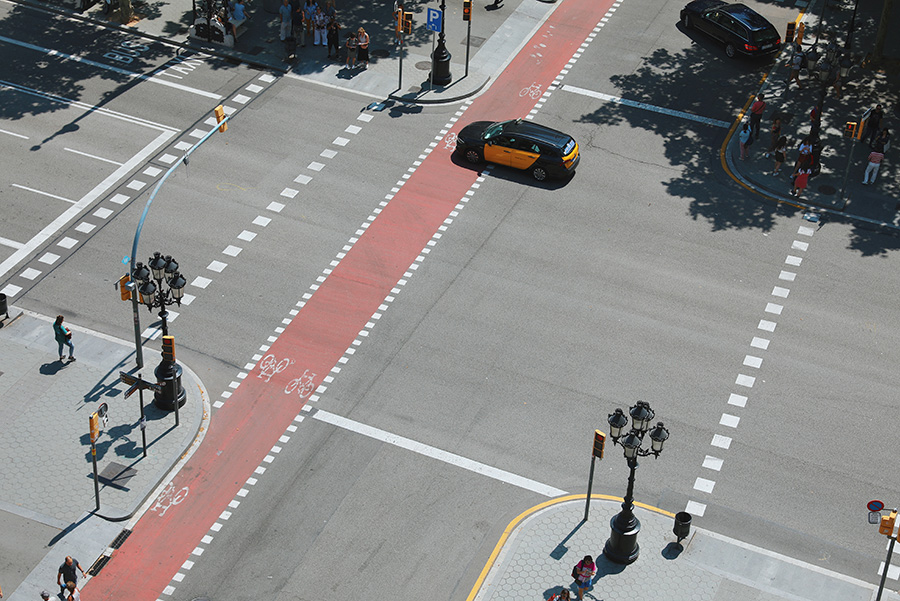
Additionally, because many countries are still deficient in recharging infrastructure, most electric vehicles will probably be second or third cars. The cars will need to be charged at home, so they will appeal primarily to homeowners. These are the reasons why I think EVs will initially interest people with high purchasing power.
How is SEAT responding to the seismic shifts in the car market?
Our mission at SEAT has always been to democratize personal mobility. We are above all a brand for young urban residents — in Spain, in Europe and now in new global markets. But we have realized that we can be more than just a car company. We are positioning SEAT as a mobility brand for the young, urban population.
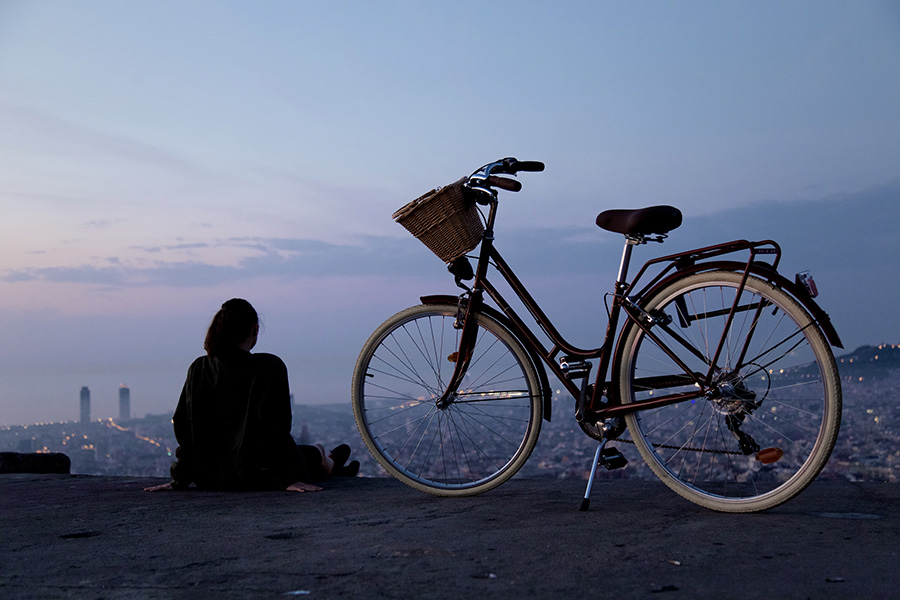
Many young people today cannot afford to buy a car and then pay for all the additional costs such as parking, insurance and maintenance. Car ownership for youngsters in urban areas is becoming an impossible dream, even without the higher costs of electric vehicles. Our idea is to develop mobility services for this generation. Sixty years ago, we achieved this with hardware – specifically with the iconic SEAT 600, the car that put Spain on wheels. Now we can achieve the same goal if we change the way we do things, with a combination of hardware, software and services.
Tell us about some of the services SEAT will be introducing for urban mobility.
SEAT is the micromobility center of competence for the entire Volkswagen Group. This year we have set up a new business unit, SEAT Urban Mobility, which is spearheading our efforts. It includes our Respiro carsharing platform, a kickscooter sharing service and an electric scooter which will be available for sharing services in 2020. We are meeting the fundamental need for personal mobility, and we are staying true to our brand and our values, but in a very contemporary way.
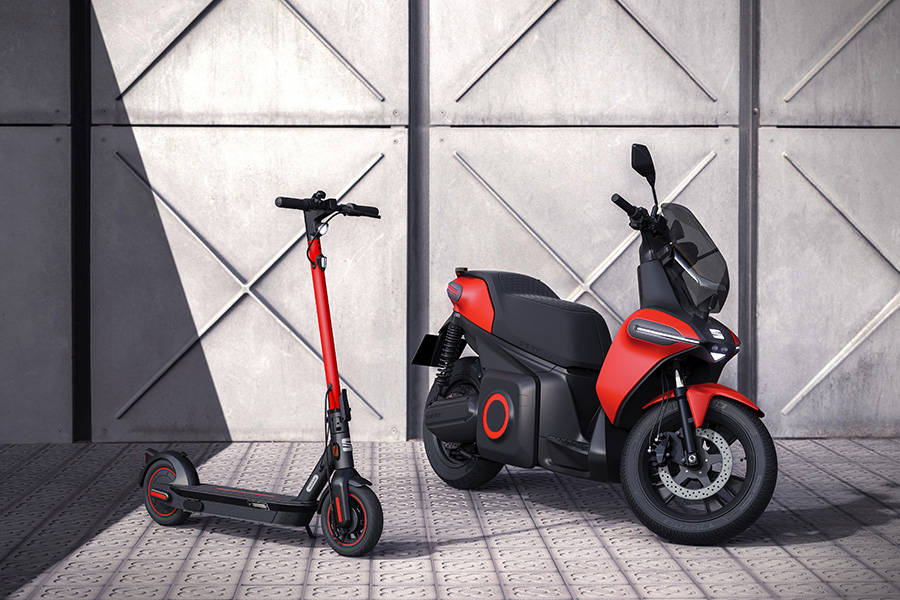
How do you think these services will transform city living?
After WWII, mass car ownership changed the way of life in Europe and the U.S. Now the world needs a different approach to enable personal mobility, especially in developing markets. A new model is required. For journeys under around six to eight kilometers in metropolitan areas, innovative micromobility services could be the most efficient solution.
At SEAT, we believe that mobility represents freedom, progress and growth. Enabling people to move around and connect with each other creates unparalleled opportunities. By applying innovative thinking to the challenges of today, we can empower new generations with the gift of mobility![]()
As published in TIME magazine

